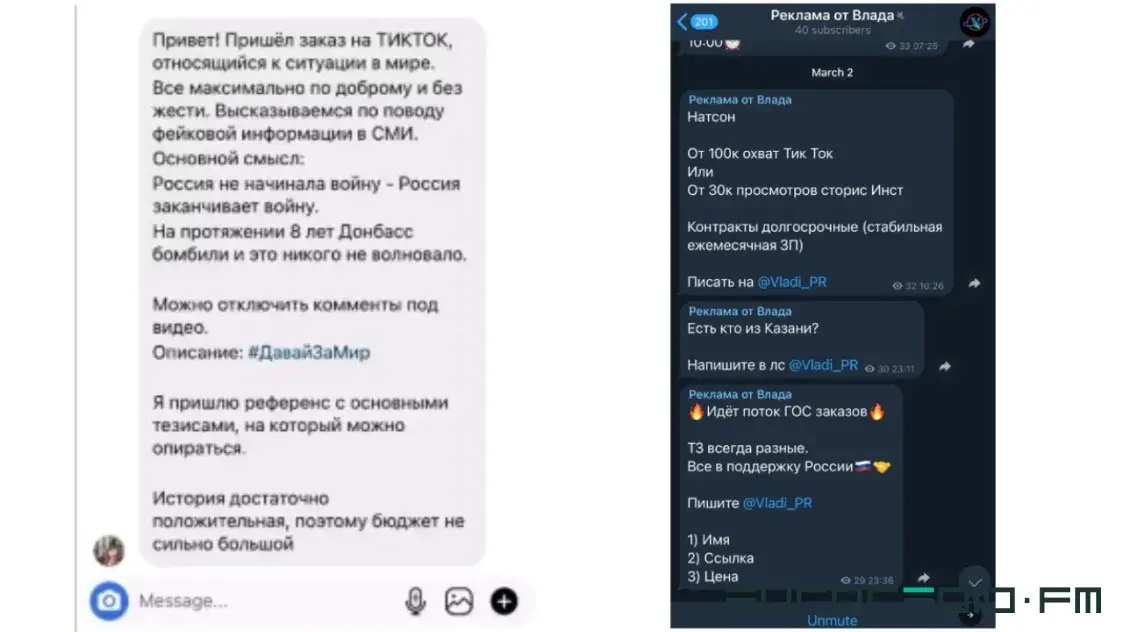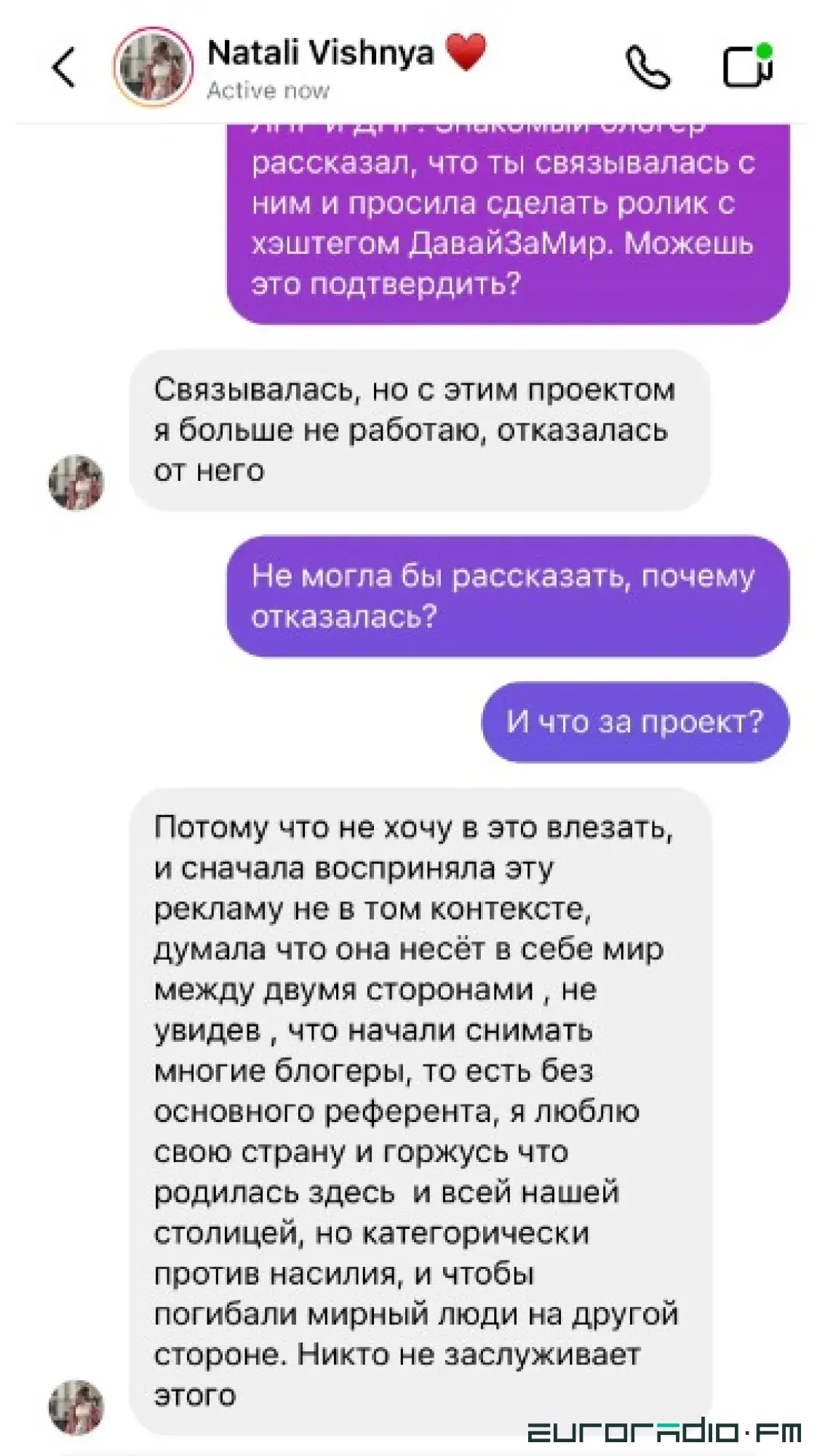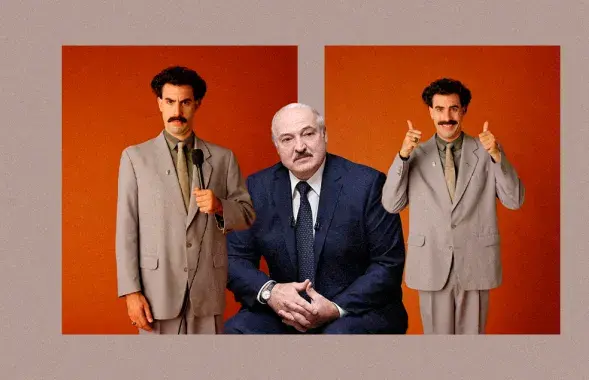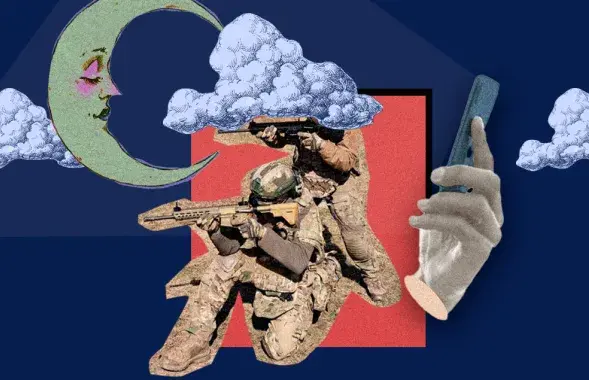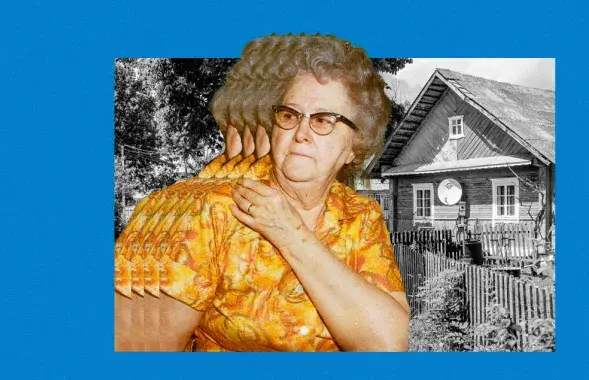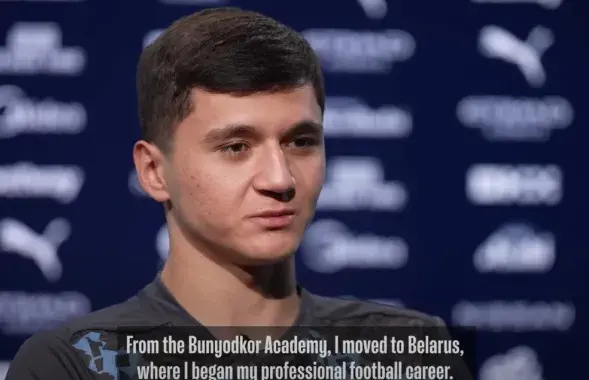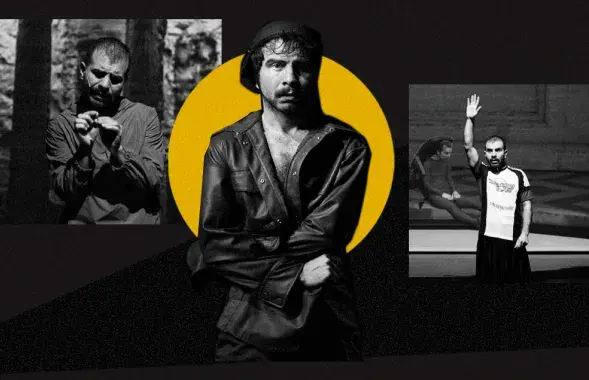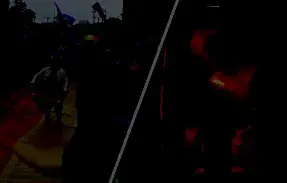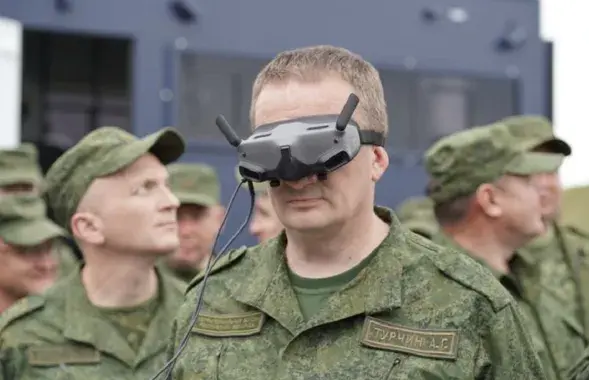How Russian propaganda works on TikTok

Propagandists are now in TikTok/ pixabay.com
Since Russia's war against Ukraine started, propagandists have become even more active than before. After promoting stories about the Russian army's rescue mission on state-run TV and pro-government blogger channels on YouTube, it made its way to youth-oriented social media. Propagandists opted for the same-type short videos on TikTok.
Reporters from "Novaya Gazeta. Europe" spoke with tiktokers to understand how propaganda works on the platform.
TikTok is a platform where users from around the world upload content in short video format- from 15 seconds to 5 minutes. For the most part, its audience includes young people under the age of 24.
When the war broke out, TikTok temporarily prevented users from Russia from uploading clips and broadcasting live and viewing foreign content. The management attributed this to the emergence of the law on "fakes" and the desire to protect the company's employees and its users from possible consequences associated with its action. But before that, many videos with political advertising had been uploaded to the platform. So Russian users were left alone with pro-Kremlin propaganda.
Since February 22, messages emerged online about the search for TikTok propagandists. Journalists found a closed telegram channel VLADI Community which was looking for specialists to produce advertisements about the LDNR. There appeared references to the friendship of peoples and the salvation of the "brotherly LDNR." By the time the app was suspended, more than 1,000 videos had been shot as part of the campaign.
A journalist, disguised as an advertising agent, also talked to several tiktokers whose channels had pro-Kremlin content and asked if they were willing to star in a commissioned video about politics. Most of them agreed, on average, for 10,000 rubles.
"My last pro-state TV videos received 120,000 views, but I had never received so much hate," said one blogger with a million subscribers.
Another tiktoker, who has 300,000 subscribers, said he had never seen such a huge "purchase" of political ads in his life. According to him, all the bloggers he knew received offers to make videos about the conflict in Ukraine more than once.
He also said that bloggers were offered around 1,500-2,000 rubles for such work at the beginning of the war. The ads were "purchased" specifically for TikTok.
"Guys were selling their opinions for that price and could shoot several times a day. At first, you could probably imagine that a small percentage of people had no idea that this was political advertising. But in my experience, I can tell you that all the guys who receive such requests are perfectly able to distinguish between political order and usual advertising for some brand," said the tiktoker.
His friend on Instagram received such a request from user Natallia Vishnyakova under the nickname Natali Vishnya. She offered the blogger to shoot a video for TikTok "about fake information in the media," "as kindly as possible and without nasty stuff". In the description, it was necessary to put the hashtag #DavaiZaMir, and under the video, it was allowed to disable comments.
The main points had to be: Russia did not start the war; it's been ending it for 8 years. Donbas was bombed, and no one cared.
Natallia Vishnyakova said that she wrote to bloggers about filming ads about the DNR and LNR. According to her, she received an assignment from a blogger she knew and had already turned down the project.
"[I stopped working on the project] because I don't want to get involved," the girl explained, talking about her departure. "At first, I took this commercial in the wrong context, and I thought it carried peace between the two sides, without seeing what many bloggers had started shooting. That is, without the main reference. I love my country, and I am proud to have been born here, but I am strongly against violence and having civilians on the other side get killed. No one deserves that".
The girl said she knew nothing about the cost of publishing such a video. She said she only had time to send her terms of reference to three or four people, and she received refusals from them.
Media expert Vasil Hatau says that templates like the one Natalya sent out have long been used in Russian propaganda.
"The pro-militarist Russian media group, from Tsargrad TV to bloggers, has long used the argument about the eight years. This is a situation of double-mindedness currently shared by pro-Russian neutrality. These people understand that they are participating in an operation to cover up all the information. They do not even perceive it as the truth, which is why they hide".
Even though the site has suspended operations, propaganda videos are still being downloaded through the browser. Bloggers get around the blockade using VPN services and other ways.
In July, old videos and propaganda ads are still in the recommendation feed. Content from #zanashih has accumulated more than 200 thousand views: these are often videos about how leaving Russia is bad. Also in the recommendations was the hashtag #Notforsakingourown, which has more than 900,000 views. This hashtag became popular back at the beginning of the war when videos about the liberation mission of the Russians were posted in Tiktok.
Users posted short videos of programs from federal channels or slideshows of photos of fallen relatives and countrymen. They also posted clips of "LDNR" residents waiting for the liberators.
Vasily Gatov explains that such ads work thanks to the images that have been established in mind, with the help of which they evoke emotions in viewers.
"Basically, the same untalented people who planned the special operation in Ukraine plan similar things. And the videos consist of a rather nonsensical manipulation of the word "genocide." In fact, this is an appeal to the frames that exist in the minds of most people, and even though it is not about war and not about hatred, it evokes the most powerful negative emotions," Hatau added.
Blogger Uladzislau Nikalenka said that there is still no unified pricing market on TikTok. The cost of advertising on different channels can vary a lot. After introducing restrictions, viewership in the Russian network segment has fallen. Along with it, the desire of advertisers to pay has gone. And this is not surprising because content makers' pages were idle for some time, which affected the figures. Because of this, the prices of "Z" ads dropped sharply: now the bloggers are asking for up to 5 thousand rubles.
Bloggers who refuse to shoot and post such ads are put on "blacklists." For example, representatives of DreamTeam House, the most popular tiktoker community, were removed from the VK fest after refusing to film political videos.
